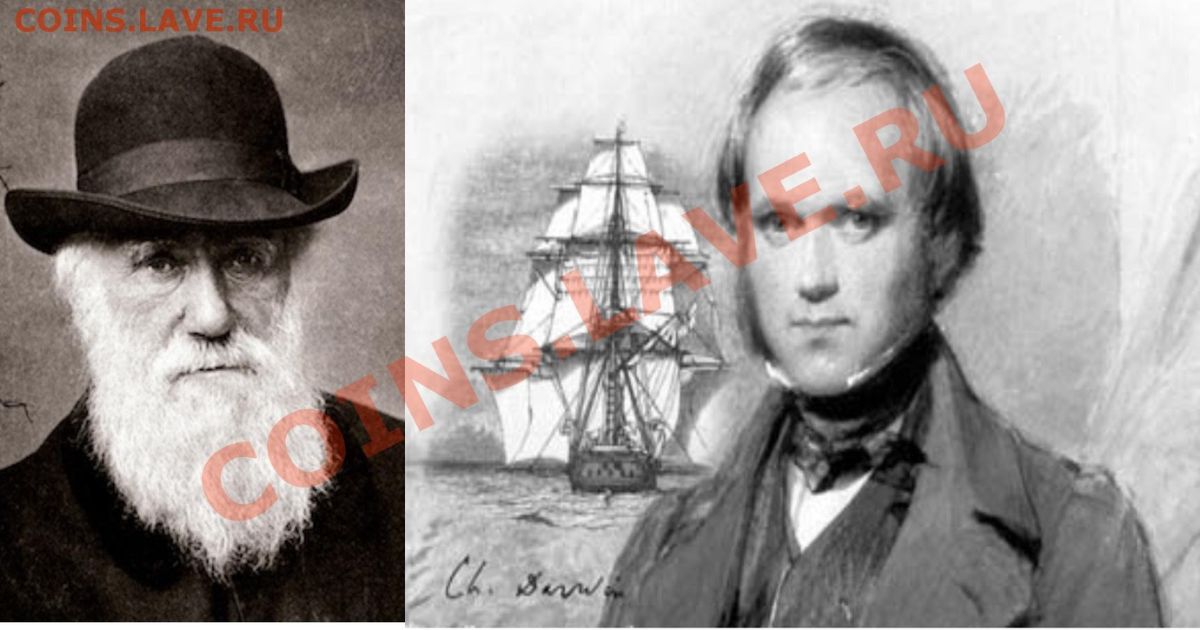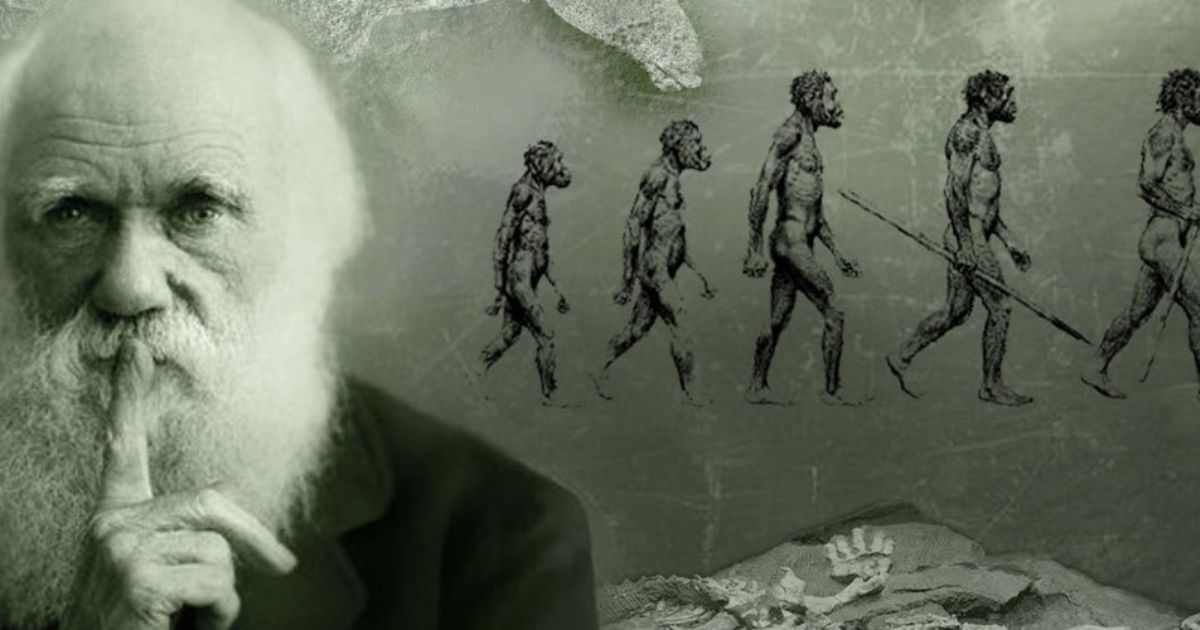Charles Darwin, a renowned British naturalist and geologist, played a pivotal role as the ship’s naturalist on HMS Beagle during its famous voyage from 1831 to 1836. His primary responsibility was to collect specimens and make detailed observations of the plants, animals, and geological formations encountered on the expedition.
Darwin’s meticulous documentation of the flora and fauna, along with his studies of geology and rock formations, contributed significantly to the scientific knowledge of the time. Additionally, he assisted in mapping and navigation tasks, interacted with indigenous peoples, and recorded meteorological data.
Darwin’s experiences and observations during this voyage would later serve as a foundation for his groundbreaking theory of evolution, which forever changed our understanding of life on Earth.
Key Takeaways
- Darwin served as a naturalist and geologist on the HMS Beagle, responsible for collecting specimens and making observations.
- He meticulously documented diverse flora and fauna encountered during the voyage, laying the foundation for future scientific studies and providing insights into the interconnectedness of organisms.
- Darwin conducted extensive research and analysis of geology and rock formations, making significant contributions in the field of geology, particularly in stratigraphy, sedimentology, and tectonics.
- He also played a role in mapping and navigation duties, charting coastlines, determining latitude and longitude, and assisting with ship operations, showcasing his versatility in maritime exploration.
Darwin’s Role on the Beagle

Darwin played a crucial scientific job on the Beagle as the ship’s naturalist and geologist. His job was to observe and collect specimens of plants, animals, and rocks during the voyage. Darwin meticulously cataloged his findings, providing invaluable data for scientific research.
His keen observations and detailed notes laid the groundwork for his later groundbreaking theory of evolution. Darwin’s role on the Beagle was fundamental in shaping our understanding of the natural world and our place in it.
Collecting Specimens and Observations
During the voyage, Darwin’s primary responsibility was to meticulously collect specimens of plants, animals, and rocks and make detailed observations. His dedication to this task allowed him to gather an incredible wealth of data, which formed the basis for his groundbreaking theories on evolution. Darwin’s meticulous collection and observations included:
- Examining the intricate features of various plant species, noting their adaptations and distribution patterns.
- Studying the behavior and anatomy of diverse animal species, unraveling their relationships and adaptive strategies.
- Analyzing geological formations and collecting rock samples, providing evidence for the Earth’s age and dynamic nature.
This comprehensive approach to collecting specimens and observations laid the foundation for Darwin’s later work in documenting the flora and fauna he encountered on his voyage.
Documenting Flora and Fauna
Throughout the voyage, Darwin meticulously documented the diverse flora and fauna encountered, providing a comprehensive record of the plant and animal species he encountered. His keen observations and detailed notes allowed him to classify and categorize the various species, contributing to our understanding of the natural world.
Darwin’s documentation laid the foundation for future scientific studies and provided valuable insights into the interconnectedness of different organisms. This meticulous approach to documenting the natural world would later inform his groundbreaking theories on evolution and natural selection. Now, let’s explore Darwin’s interest in studying geology and rock formations.
Studying Geology and Rock Formations
As part of his role on the Beagle, Darwin conducted extensive research and analysis of geology and rock formations. His studies in this field played a crucial role in shaping his understanding of the Earth’s history and the processes that shaped its surface.
Darwin’s findings and observations led to significant contributions in the field of geology, particularly in the areas of stratigraphy, sedimentology, and tectonics. His meticulous documentation and analysis of rock formations provided valuable insights into the Earth’s past and helped lay the foundation for modern geological studies.
Mapping and Navigation Duties
Darwin’s responsibilities on the Beagle included conducting mapping and navigation duties. As part of the ship’s crew, he was tasked with charting the coastline, determining latitude and longitude, and creating accurate maps of the areas they explored.
This required a keen eye for detail, an understanding of navigation techniques, and the ability to interpret and record geographical features. Darwin’s meticulous approach to mapping contributed to the overall scientific exploration and understanding of the regions visited during the voyage.
Assisting With Ship Operations
During the Beagle voyage, Darwin assisted with various ship operations, contributing to the smooth running of the expedition. His tasks included:
- Navigational Duties: Darwin worked closely with the ship’s navigators, learning the art of charting and plotting courses. This allowed him to gain valuable knowledge about the ship’s position and the geography of the places they visited.
- Meteorological Observations: Darwin diligently recorded weather patterns, wind directions, and atmospheric conditions. His meticulous observations contributed to the understanding of global weather patterns.
- Maintenance and Repairs: Darwin assisted in maintaining the ship’s equipment and performing necessary repairs, ensuring the vessel remained seaworthy throughout the voyage.
These responsibilities not only showcased Darwin’s versatility but also deepened his understanding of the practical aspects of maritime exploration.
As Darwin’s expertise grew, he was able to interact more effectively with the indigenous peoples encountered during the expedition.
Interacting With Indigenous Peoples

| Indigenous Groups | Location | Cultural Observations |
|---|---|---|
| Fuegians | Tierra del Fuego, Chile | Nomadic lifestyle, use of canoes, limited material possessions |
| Tahitians | Tahiti | Polynesian culture, intricate tattooing traditions |
| Aboriginal people | Australia | Hunter-gatherer societies, intricate knowledge of the land |
Darwin’s interactions with indigenous peoples played a pivotal role in shaping his understanding of human diversity and the interconnectedness of cultures across the globe.
Recording Meteorological Data
During the Beagle voyage, Darwin was responsible for recording meteorological data. This task was crucial for understanding the climatic conditions encountered during the expedition. Darwin meticulously documented various meteorological parameters, including temperature, humidity, wind speed, and atmospheric pressure.
His attention to detail allowed for the analysis of weather patterns and the identification of geographical influences on climate. Darwin’s data collection continues to contribute to our understanding of meteorology and its role in shaping our natural world.
Writing and Recording Field Notes
Darwin’s role on the Beagle extended beyond recording meteorological data, encompassing the vital task of writing and recording detailed field notes. These field notes were essential in documenting his observations and collecting data on various aspects of the natural world.
Darwin meticulously recorded information on the geology, flora, fauna, and indigenous people he encountered during the voyage. His detailed and analytical approach to note-taking provided a valuable resource for his later scientific discoveries and writings.
Influence on Darwin’s Theory of Evolution

One of the key factors shaping Darwin’s theory of evolution was the diverse range of species he encountered during his time on the Beagle. This experience provided him with firsthand observations of nature’s intricacies and variations. Darwin’s theory of evolution was influenced by:
- The unique Galapagos finches, which showcased the adaptive radiation of species.
- The fossils he collected, revealing the existence of extinct species and the concept of deep time.
- The geographical distribution of species, leading to the understanding of natural selection and the concept of common ancestry.
Frequently Asked Questions
How Long Did Darwin Spend on the Beagle?
Darwin spent nearly five years on the Beagle, embarking on a groundbreaking scientific journey. During this time, he meticulously observed and collected specimens, which laid the foundation for his theory of evolution and revolutionized the field of biology.
Did Darwin Encounter Any Dangerous Situations or Wildlife During His Time on the Beagle?
During his time on the Beagle, Darwin encountered various dangerous situations and encountered wildlife that posed potential threats to his safety. These experiences allowed him to observe and study the behavior and adaptations of these creatures, contributing to his groundbreaking theories on evolution.
What Were Some of the Challenges Darwin Faced During His Expedition?
During his expedition on the Beagle, Charles Darwin faced numerous challenges. These included navigating treacherous waters, enduring harsh weather conditions, collecting and preserving specimens, managing relationships with crew members, and maintaining accurate records of his observations and findings.
Conclusion
In conclusion, Darwin’s role on the Beagle was multifaceted and encompassed various scientific tasks. He collected specimens and made observations, documented flora and fauna, studied geology and rock formations, performed mapping and navigation duties, interacted with indigenous peoples, recorded meteorological data, and wrote detailed field notes.
These experiences greatly influenced Darwin’s development of the theory of evolution. Darwin’s contributions aboard the Beagle laid the foundation for his groundbreaking work in the field of natural history and continue to shape our understanding of the natural world.







